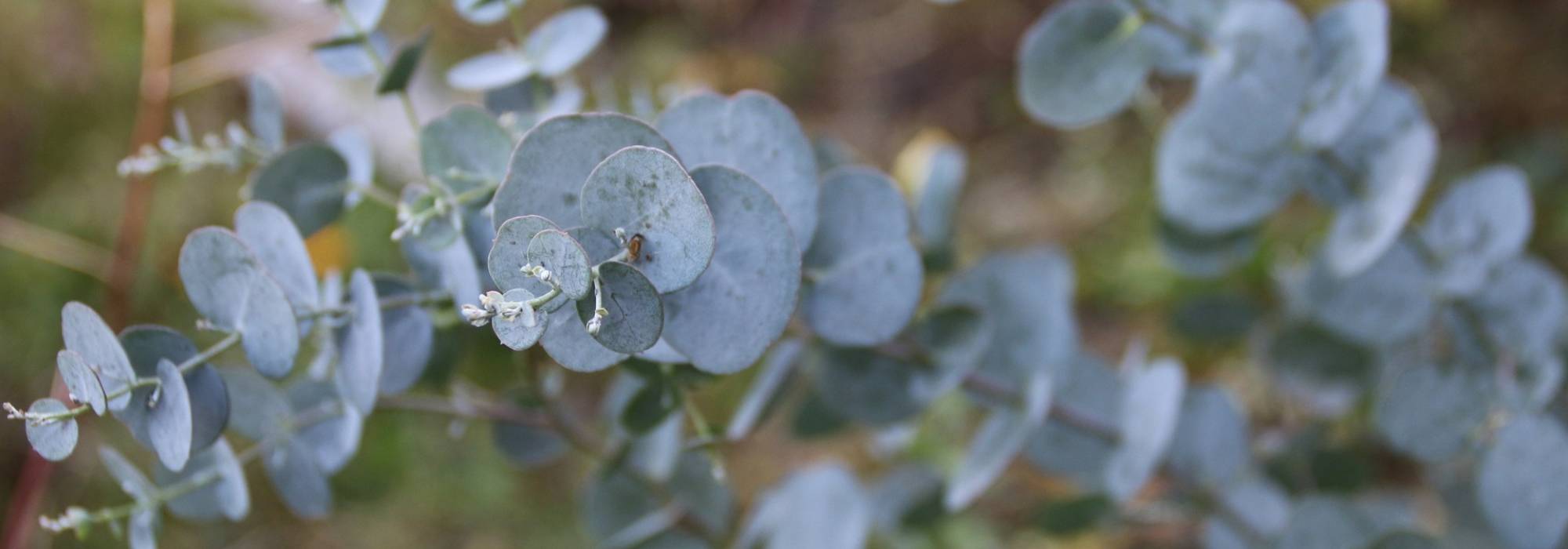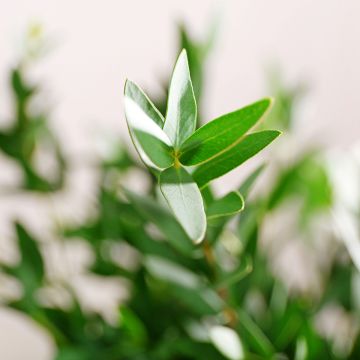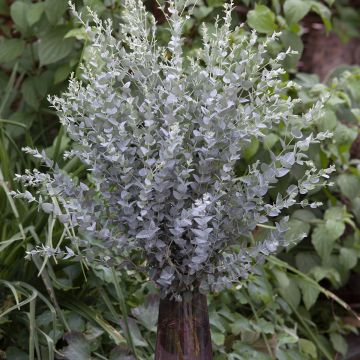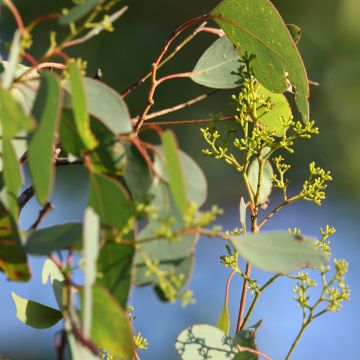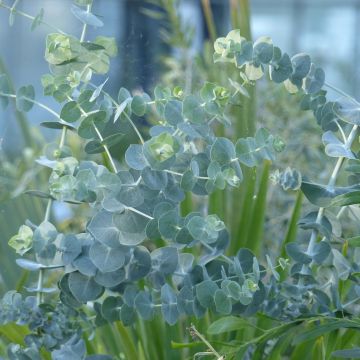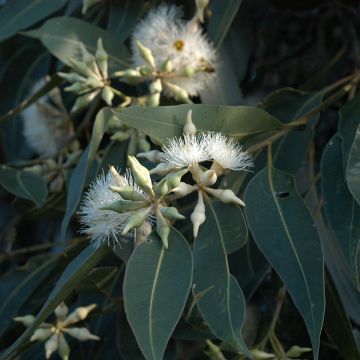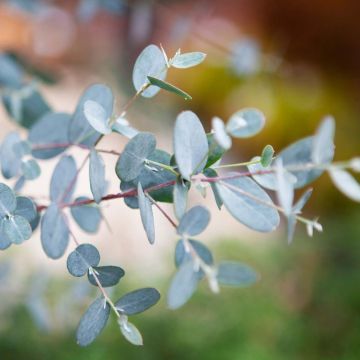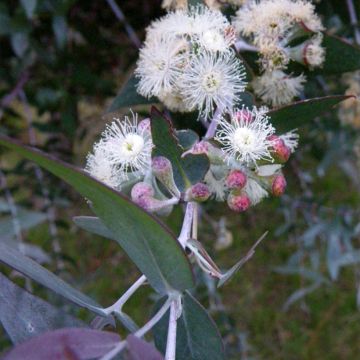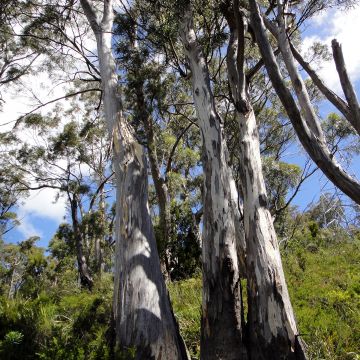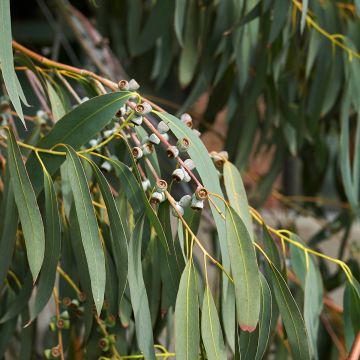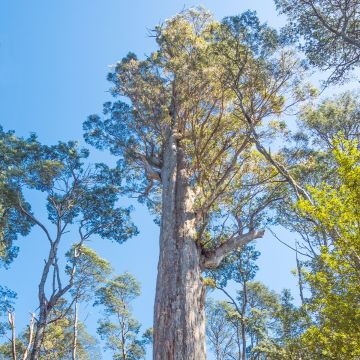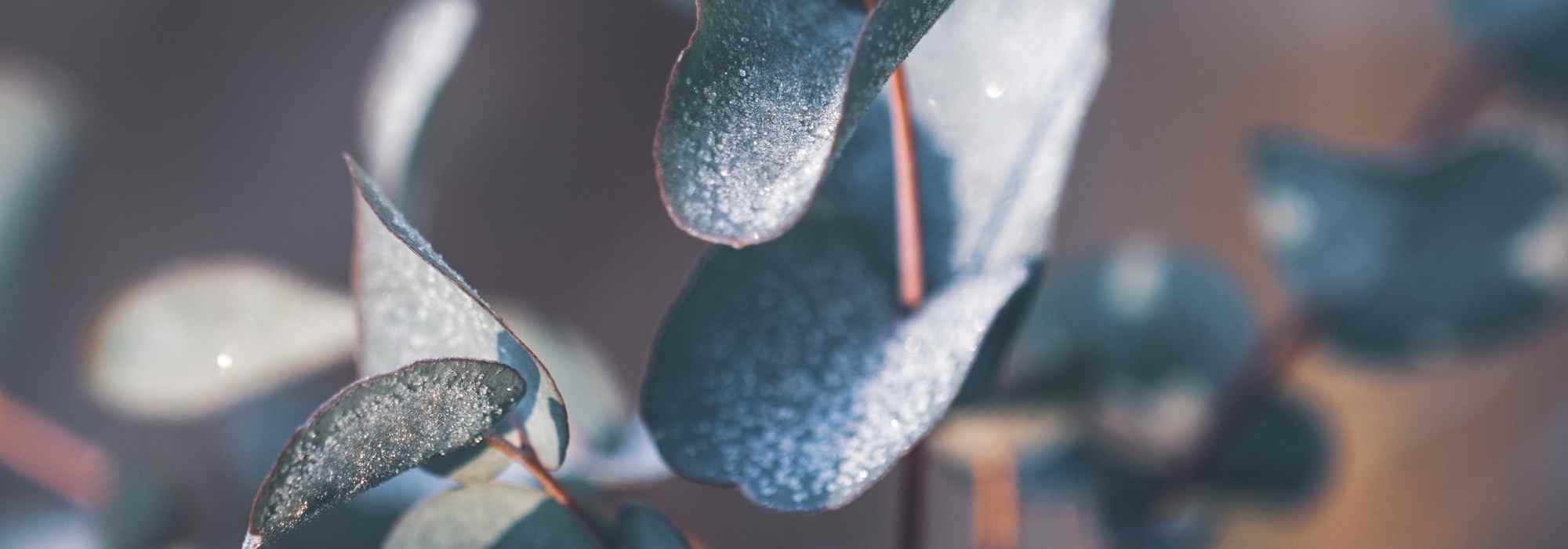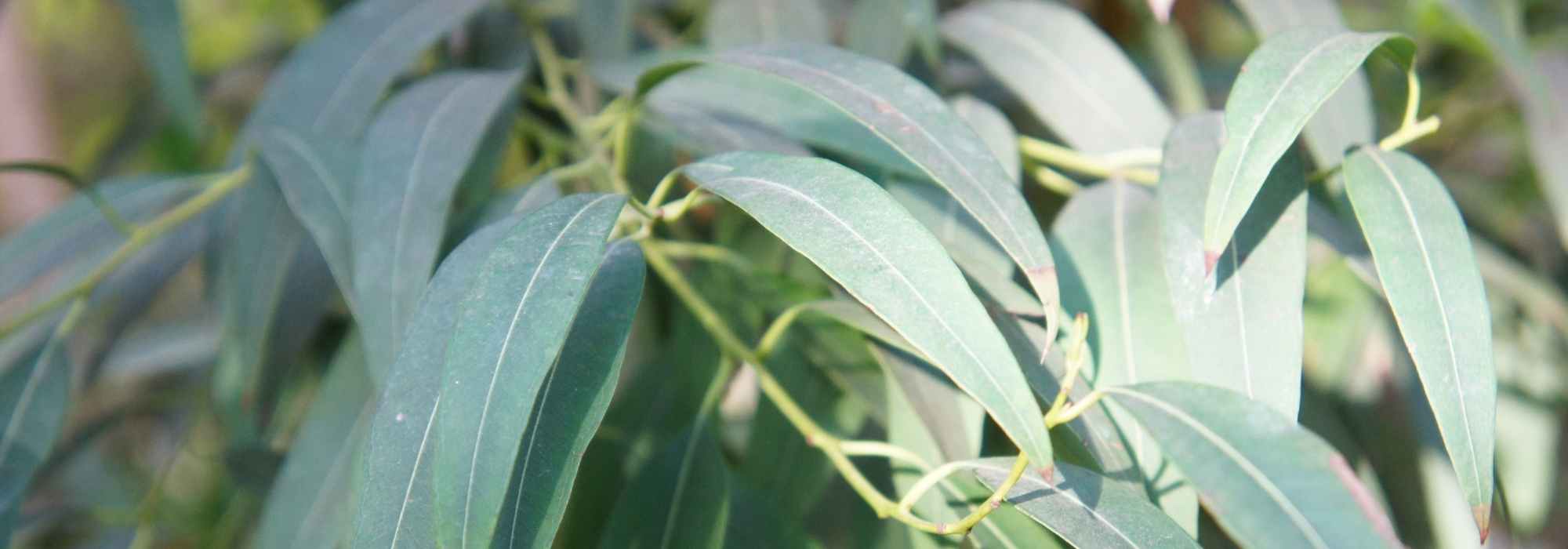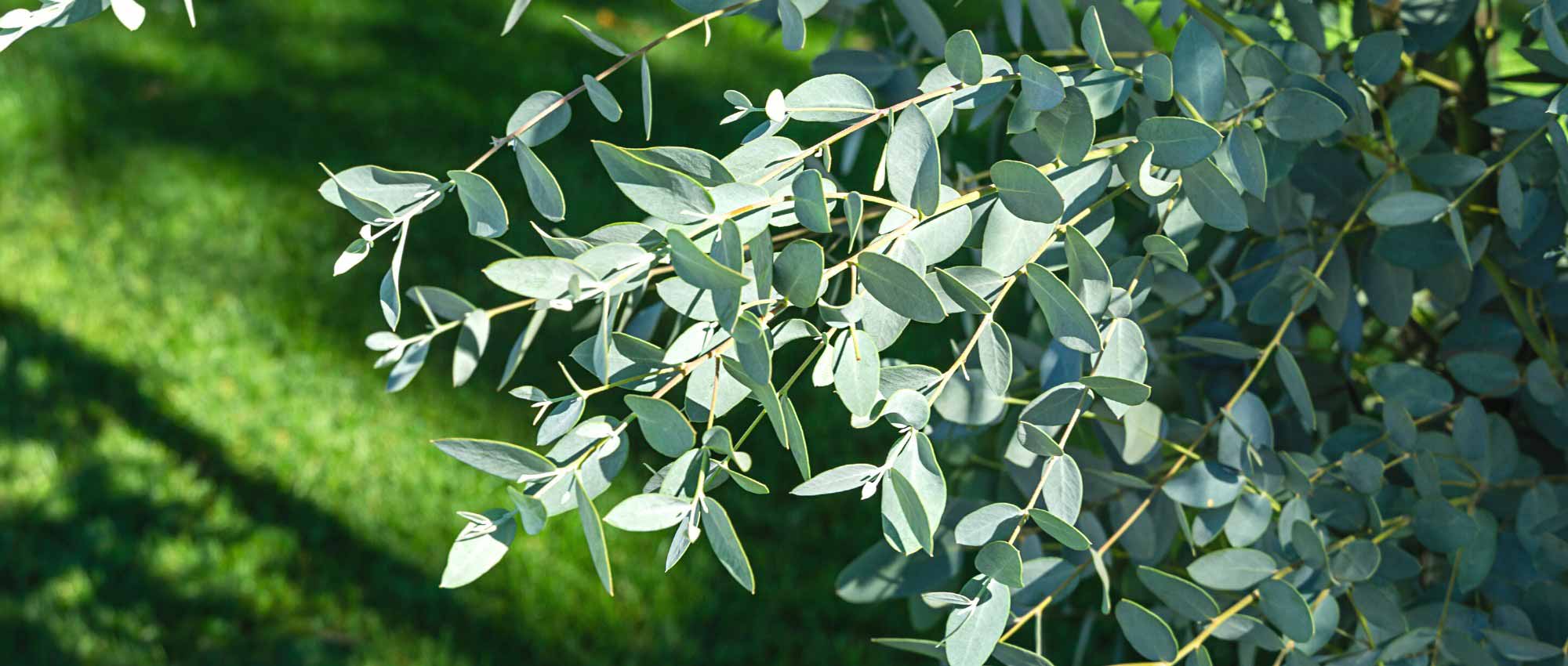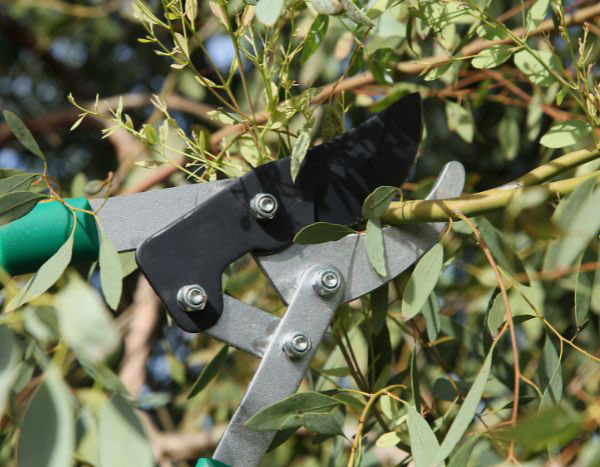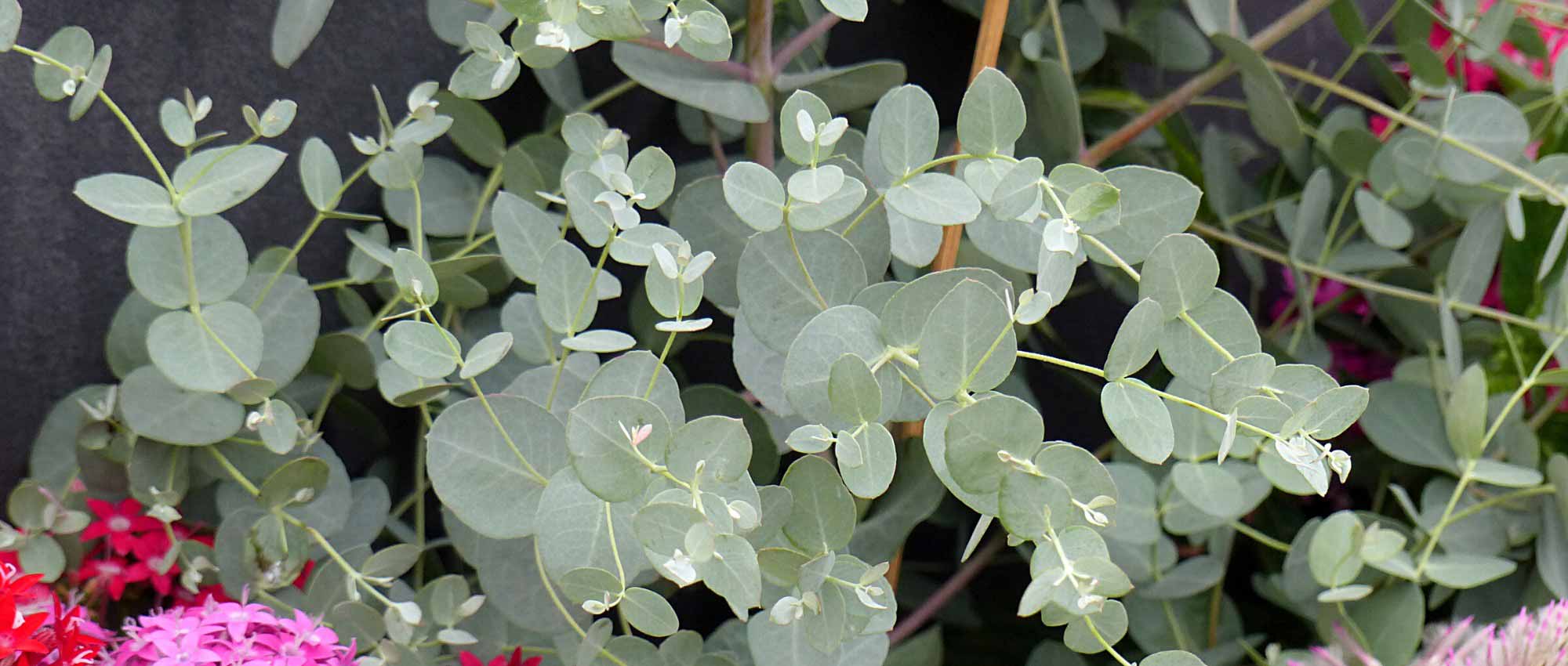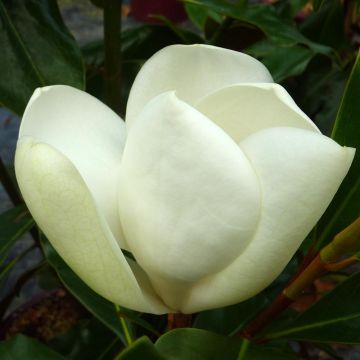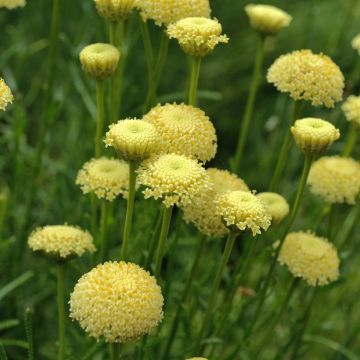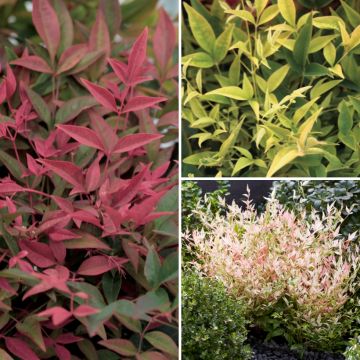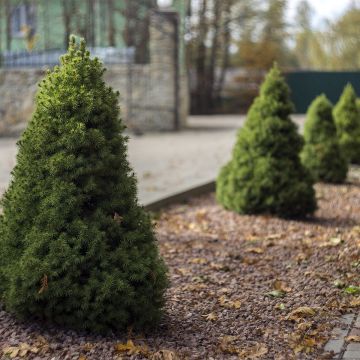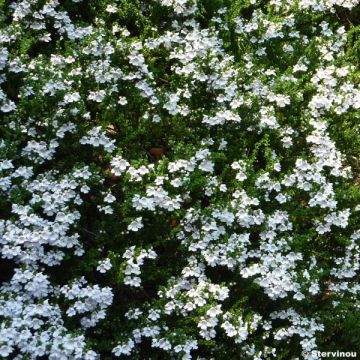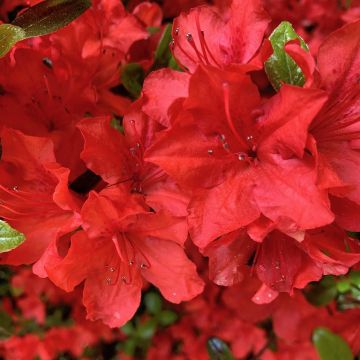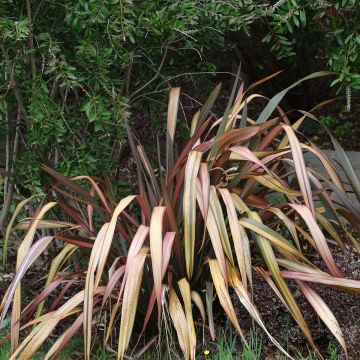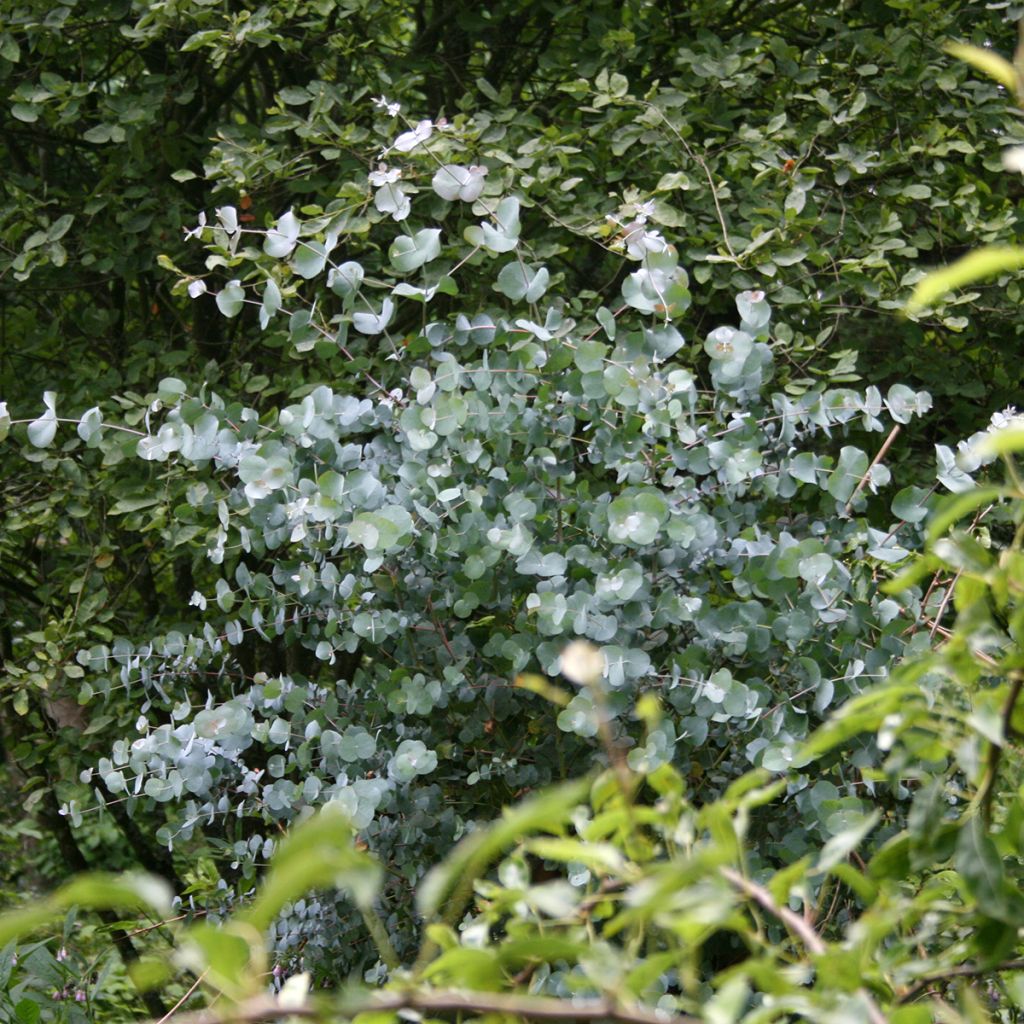

Eucalyptus urnigera
Eucalyptus urnigera
Eucalyptus urnigera f.glaucus
Urn-fruited Gum
Special offer!
Receive a €20 voucher for any order over €90 (excluding delivery costs, credit notes, and plastic-free options)!
1- Add your favorite plants to your cart.
2- Once you have reached €90, confirm your order (you can even choose the delivery date!).
3- As soon as your order is shipped, you will receive an email containing your voucher code, valid for 3 months (90 days).
Your voucher is unique and can only be used once, for any order with a minimum value of €20, excluding delivery costs.
Can be combined with other current offers, non-divisible and non-refundable.
Home or relay delivery (depending on size and destination)
Schedule delivery date,
and select date in basket
This plant carries a 24 months recovery warranty
More information
We guarantee the quality of our plants for a full growing cycle, and will replace at our expense any plant that fails to recover under normal climatic and planting conditions.
Would this plant suit my garden?
Set up your Plantfit profile →
Description
Eucalyptus urnigera, commonly known as the urn gum tree, is a mountain species from Tasmania, known for its good hardiness. This small tree with moderate growth is distinguished by its beautiful light bark that displays different tones. This is the glaucous form, with stunning bluish evergreen foliage. The juvenile foliage, composed of almost round opposite leaves, is particularly attractive. This Eucalyptus produces small white pompon flowers, blooming at various times of the year, but usually towards the end of summer. Thriving in sunlight, in most soils except for those that are too chalky, it is well adapted to coastal climates.
Eucalyptus urnigera is an endemic species from Tasmania, where it mainly grows in the southeastern part of the island and in a few isolated locations. It can be found in mountainous areas, from mid-slope to over 1000 metres (3280 feet 10 inches) in altitude, growing in shallow soil among rocky outcrops, on mountain tops, and in sparse woods. Like all Eucalyptus, it belongs to the large family of Myrtaceae, which includes many ornamental genera (Callistemon, Chamaelaucium, Melaleuca, etc.). The green form of E. urnigera is more commonly found at low altitudes, while the glaucous form prefers high elevations and mountain tops. This species - like many other Eucalyptus - develops a lignotuber, a starch-rich swelling at the base of the partially underground trunk, which allows buds to regenerate after a fire. This adaptation to local conditions explains why most species regenerate well after pruning, even severe pruning, rejuvenating the plants by promoting the growth of young shoots.
With moderate growth and development, this Eucalyptus forms a tree of about 12 metres (39 feet 5 inches) in height (often less in our climates), with a relatively narrow habit in its natural environment due to the competition from surrounding plants. It tends to reach for the light it craves by stretching upwards, leaving the lower part of the trunk bare and supporting a slightly spreading canopy in the upper part. When planted in isolation, it will form a wider crown with better branching throughout the height of the tree. The smooth bark displays a range of colours, combining white with light grey, yellow, and some shades of brown. It regularly peels off in long ribbons that fall to the ground at the base of the tree.
The foliage is also a strong ornamental feature of this species, especially in the glaucous form. The juvenile foliage is bluish rather than green, with small almost round leaves measuring 2 to 3 cm (0.8 to 1.2 in) in diameter. Sessile and opposite, they enclose the young stems, which are also bluish. The adult foliage has a different morphology, as is often the case with Eucalyptus. The leaves are alternate and petiolate, elongated to slightly elliptical in shape, measuring 3.5 to 9 cm (1.4 to 3.5 in) in length and 1 to 2.8 cm (0.4 to 1.1 in) in width. They are also blue-green and aromatic due to the oil-rich glands located at the intersections of the veins on the lamina.
The classic flowering consists of small petal-less flowers, with decorative stamens. These white flowers are grouped in threes, in the axils of the leaves, and appear in Tasmania almost anytime throughout the year, with a more pronounced peak from April to July. In our climates, they generally bloom towards the end of summer, but their relatively small size makes them less of an event. The small fruits that follow have a curious urn-like shape, which gave this species its name. They have no ornamental value.
Eucalyptus urnigera grows in rocky soils, in neutral to acidic or even alkaline, as long as they do not contain too much active limestone. It requires sunlight and appreciates moist soils, even tolerating temporary flooding. It is hardy down to -15°C (5 °F) in well-drained soil. It is not well-suited to dry conditions, although once well-rooted, it can withstand periods of drought.
This Eucalyptus is a real find for exotic plant enthusiasts. One of the hardiest alongside the Eucalyptus niphophila (aptly named Snow gum), it allows you to create a southern atmosphere even in cool climates. Typically reaching a height of 7 to 8 metres (23 to 26 feet 2 inches) in our climates, it is perfect for small gardens. Plant it alongside other evocative plants such as hardy palm trees: Trachycarpus wagnerianus with its graphically shaped fronds and fibrous trunk will blend perfectly with the urn gum tree to create a dreamlike scene. The lesser-known Rhapidophyllum hystrix, with its spiny trunk, and Sabal minor, whose leaves emerge directly from the ground, will also create a unique atmosphere.
Eucalyptus urnigera in pictures
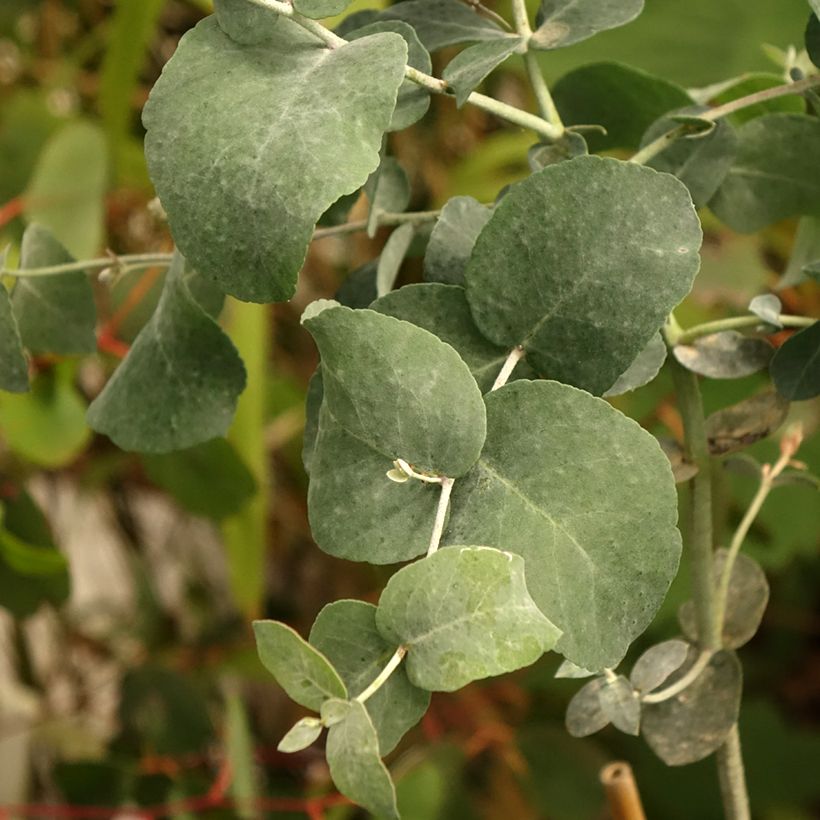

Plant habit
Flowering
Foliage
Botanical data
Eucalyptus
urnigera f.glaucus
Myrtaceae
Urn-fruited Gum
Australia
Other Eucalyptus
View all →Planting and care
Eucalyptus urnigera is best planted in early autumn, in mild regions, or in early spring, in colder ones, in well-prepared, not too dry to moist soil, in a very sunny position. It prefers neutral to acidic soils, and tolerates alkaline soils, provided they do not contain too much active limestone. On the other hand, this mountain species does not like very hot summers and dry soils, even though once well-rooted, it tolerates brief dry periods. Water well at planting, then regularly during the first year, especially in dry weather, and if the summer is hot. Then in the following years, water during the summer. No need to prune, but the plant tolerates pruning very well after 3 or 4 years of cultivation.
Planting period
Intended location
Care
Planting & care advice
This item has not been reviewed yet - be the first to leave a review about it.
Similar products
Haven't found what you were looking for?
Hardiness is the lowest winter temperature a plant can endure without suffering serious damage or even dying. However, hardiness is affected by location (a sheltered area, such as a patio), protection (winter cover) and soil type (hardiness is improved by well-drained soil).

Photo Sharing Terms & Conditions
In order to encourage gardeners to interact and share their experiences, Promesse de fleurs offers various media enabling content to be uploaded onto its Site - in particular via the ‘Photo sharing’ module.
The User agrees to refrain from:
- Posting any content that is illegal, prejudicial, insulting, racist, inciteful to hatred, revisionist, contrary to public decency, that infringes on privacy or on the privacy rights of third parties, in particular the publicity rights of persons and goods, intellectual property rights, or the right to privacy.
- Submitting content on behalf of a third party;
- Impersonate the identity of a third party and/or publish any personal information about a third party;
In general, the User undertakes to refrain from any unethical behaviour.
All Content (in particular text, comments, files, images, photos, videos, creative works, etc.), which may be subject to property or intellectual property rights, image or other private rights, shall remain the property of the User, subject to the limited rights granted by the terms of the licence granted by Promesse de fleurs as stated below. Users are at liberty to publish or not to publish such Content on the Site, notably via the ‘Photo Sharing’ facility, and accept that this Content shall be made public and freely accessible, notably on the Internet.
Users further acknowledge, undertake to have ,and guarantee that they hold all necessary rights and permissions to publish such material on the Site, in particular with regard to the legislation in force pertaining to any privacy, property, intellectual property, image, or contractual rights, or rights of any other nature. By publishing such Content on the Site, Users acknowledge accepting full liability as publishers of the Content within the meaning of the law, and grant Promesse de fleurs, free of charge, an inclusive, worldwide licence for the said Content for the entire duration of its publication, including all reproduction, representation, up/downloading, displaying, performing, transmission, and storage rights.
Users also grant permission for their name to be linked to the Content and accept that this link may not always be made available.
By engaging in posting material, Users consent to their Content becoming automatically accessible on the Internet, in particular on other sites and/or blogs and/or web pages of the Promesse de fleurs site, including in particular social pages and the Promesse de fleurs catalogue.
Users may secure the removal of entrusted content free of charge by issuing a simple request via our contact form.
The flowering period indicated on our website applies to countries and regions located in USDA zone 8 (France, the United Kingdom, Ireland, the Netherlands, etc.)
It will vary according to where you live:
- In zones 9 to 10 (Italy, Spain, Greece, etc.), flowering will occur about 2 to 4 weeks earlier.
- In zones 6 to 7 (Germany, Poland, Slovenia, and lower mountainous regions), flowering will be delayed by 2 to 3 weeks.
- In zone 5 (Central Europe, Scandinavia), blooming will be delayed by 3 to 5 weeks.
In temperate climates, pruning of spring-flowering shrubs (forsythia, spireas, etc.) should be done just after flowering.
Pruning of summer-flowering shrubs (Indian Lilac, Perovskia, etc.) can be done in winter or spring.
In cold regions as well as with frost-sensitive plants, avoid pruning too early when severe frosts may still occur.
The planting period indicated on our website applies to countries and regions located in USDA zone 8 (France, United Kingdom, Ireland, Netherlands).
It will vary according to where you live:
- In Mediterranean zones (Marseille, Madrid, Milan, etc.), autumn and winter are the best planting periods.
- In continental zones (Strasbourg, Munich, Vienna, etc.), delay planting by 2 to 3 weeks in spring and bring it forward by 2 to 4 weeks in autumn.
- In mountainous regions (the Alps, Pyrenees, Carpathians, etc.), it is best to plant in late spring (May-June) or late summer (August-September).
The harvesting period indicated on our website applies to countries and regions in USDA zone 8 (France, England, Ireland, the Netherlands).
In colder areas (Scandinavia, Poland, Austria...) fruit and vegetable harvests are likely to be delayed by 3-4 weeks.
In warmer areas (Italy, Spain, Greece, etc.), harvesting will probably take place earlier, depending on weather conditions.
The sowing periods indicated on our website apply to countries and regions within USDA Zone 8 (France, UK, Ireland, Netherlands).
In colder areas (Scandinavia, Poland, Austria...), delay any outdoor sowing by 3-4 weeks, or sow under glass.
In warmer climes (Italy, Spain, Greece, etc.), bring outdoor sowing forward by a few weeks.






























